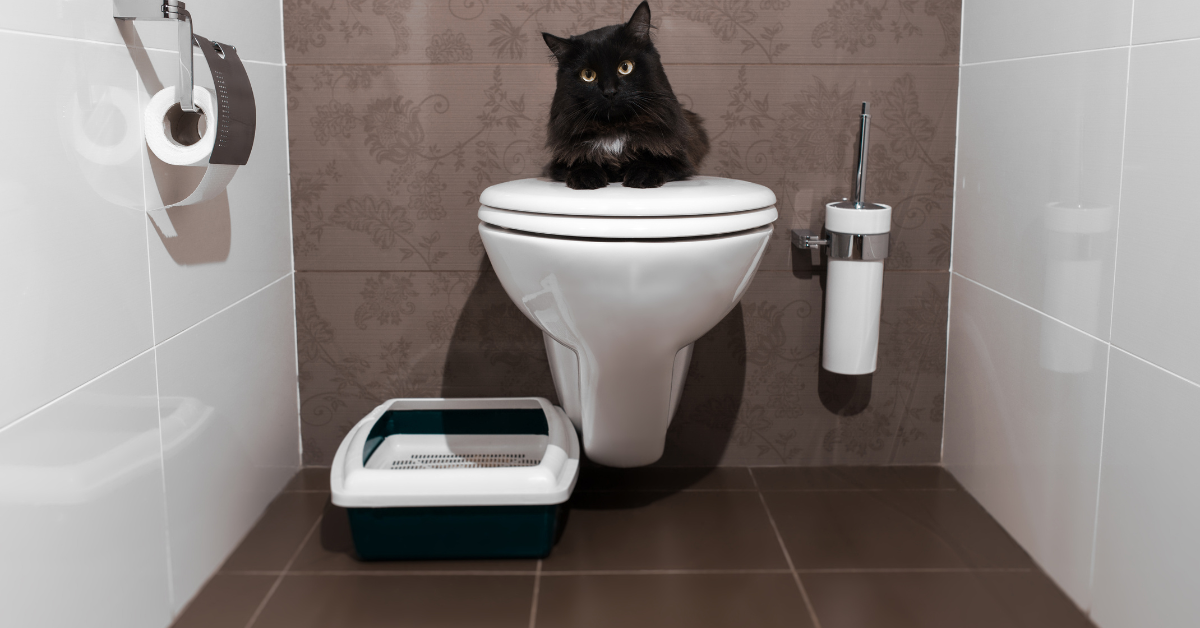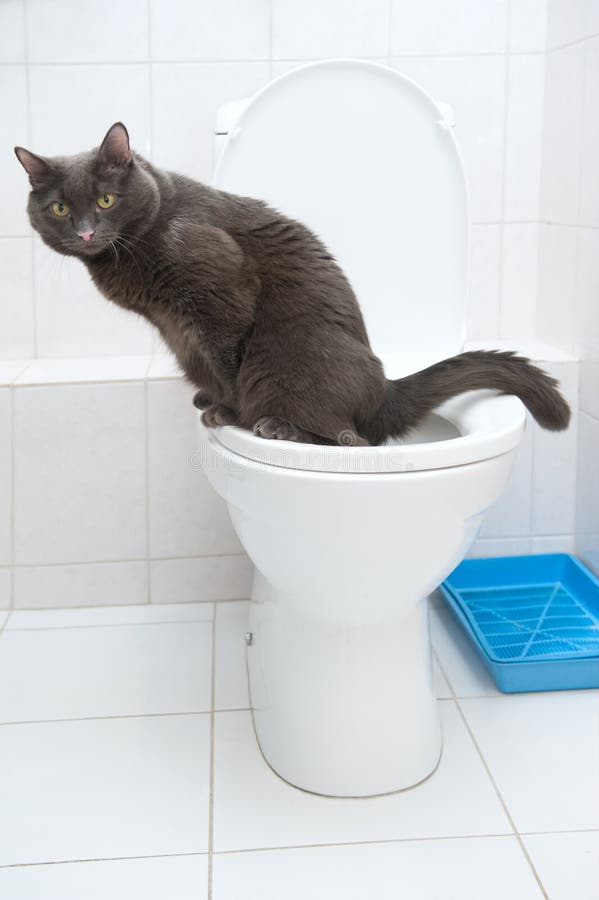The writer is making several good annotation related to Can You Flush Cat Poo or Litter Down the Toilet? as a whole in this great article following next.

Intro
As feline owners, it's vital to bear in mind just how we take care of our feline good friends' waste. While it may seem hassle-free to purge pet cat poop down the commode, this method can have harmful consequences for both the atmosphere and human health and wellness.
Environmental Impact
Purging pet cat poop introduces dangerous pathogens and bloodsuckers into the supply of water, posing a substantial risk to water ecological communities. These impurities can adversely influence marine life and compromise water quality.
Health Risks
In addition to ecological worries, flushing pet cat waste can likewise position health threats to human beings. Feline feces may include Toxoplasma gondii, a parasite that can create toxoplasmosis-- a possibly severe ailment, specifically for expecting females and individuals with weakened body immune systems.
Alternatives to Flushing
Luckily, there are more secure and a lot more liable ways to deal with pet cat poop. Take into consideration the following choices:
1. Scoop and Dispose in Trash
The most usual method of throwing away pet cat poop is to scoop it right into a biodegradable bag and throw it in the garbage. Make sure to utilize a devoted clutter scoop and take care of the waste promptly.
2. Use Biodegradable Litter
Select biodegradable cat litter made from products such as corn or wheat. These clutters are eco-friendly and can be safely thrown away in the garbage.
3. Hide in the Yard
If you have a lawn, think about hiding feline waste in an assigned location away from vegetable yards and water resources. Be sure to dig deep enough to stop contamination of groundwater.
4. Mount a Pet Waste Disposal System
Invest in a pet dog garbage disposal system specifically made for feline waste. These systems make use of enzymes to break down the waste, decreasing odor and ecological impact.
Final thought
Liable pet dog ownership prolongs past providing food and sanctuary-- it likewise entails appropriate waste monitoring. By refraining from flushing feline poop down the bathroom and opting for different disposal approaches, we can decrease our ecological footprint and shield human health and wellness.
Why Can’t I Flush Cat Poop?
It Spreads a Parasite
Cats are frequently infected with a parasite called toxoplasma gondii. The parasite causes an infection called toxoplasmosis. It is usually harmless to cats. The parasite only uses cat poop as a host for its eggs. Otherwise, the cat’s immune system usually keeps the infection at low enough levels to maintain its own health. But it does not stop the develop of eggs. These eggs are tiny and surprisingly tough. They may survive for a year before they begin to grow. But that’s the problem.
Our wastewater system is not designed to deal with toxoplasmosis eggs. Instead, most eggs will flush from your toilet into sewers and wastewater management plants. After the sewage is treated for many other harmful things in it, it is typically released into local rivers, lakes, or oceans. Here, the toxoplasmosis eggs can find new hosts, including starfish, crabs, otters, and many other wildlife. For many, this is a significant risk to their health. Toxoplasmosis can also end up infecting water sources that are important for agriculture, which means our deer, pigs, and sheep can get infected too.
Is There Risk to Humans?
There can be a risk to human life from flushing cat poop down the toilet. If you do so, the parasites from your cat’s poop can end up in shellfish, game animals, or livestock. If this meat is then served raw or undercooked, the people who eat it can get sick.
In fact, according to the CDC, 40 million people in the United States are infected with toxoplasma gondii. They get it from exposure to infected seafood, or from some kind of cat poop contamination, like drinking from a stream that is contaminated or touching anything that has come into contact with cat poop. That includes just cleaning a cat litter box.
Most people who get infected with these parasites will not develop any symptoms. However, for pregnant women or for those with compromised immune systems, the parasite can cause severe health problems.
How to Handle Cat Poop
The best way to handle cat poop is actually to clean the box more often. The eggs that the parasite sheds will not become active until one to five days after the cat poops. That means that if you clean daily, you’re much less likely to come into direct contact with infectious eggs.
That said, always dispose of cat poop in the garbage and not down the toilet. Wash your hands before and after you clean the litter box, and bring the bag of poop right outside to your garbage bins.
https://trenchlesssolutionsusa.com/why-cant-i-flush-cat-poop/

I was made aware of that write-up on How to Dispose of Cat Poop and Litter Without Plastic Bags through someone on a different website. I beg you set aside a second to distribute this blog if you appreciated it. Thanks so much for going through it.
Click Here